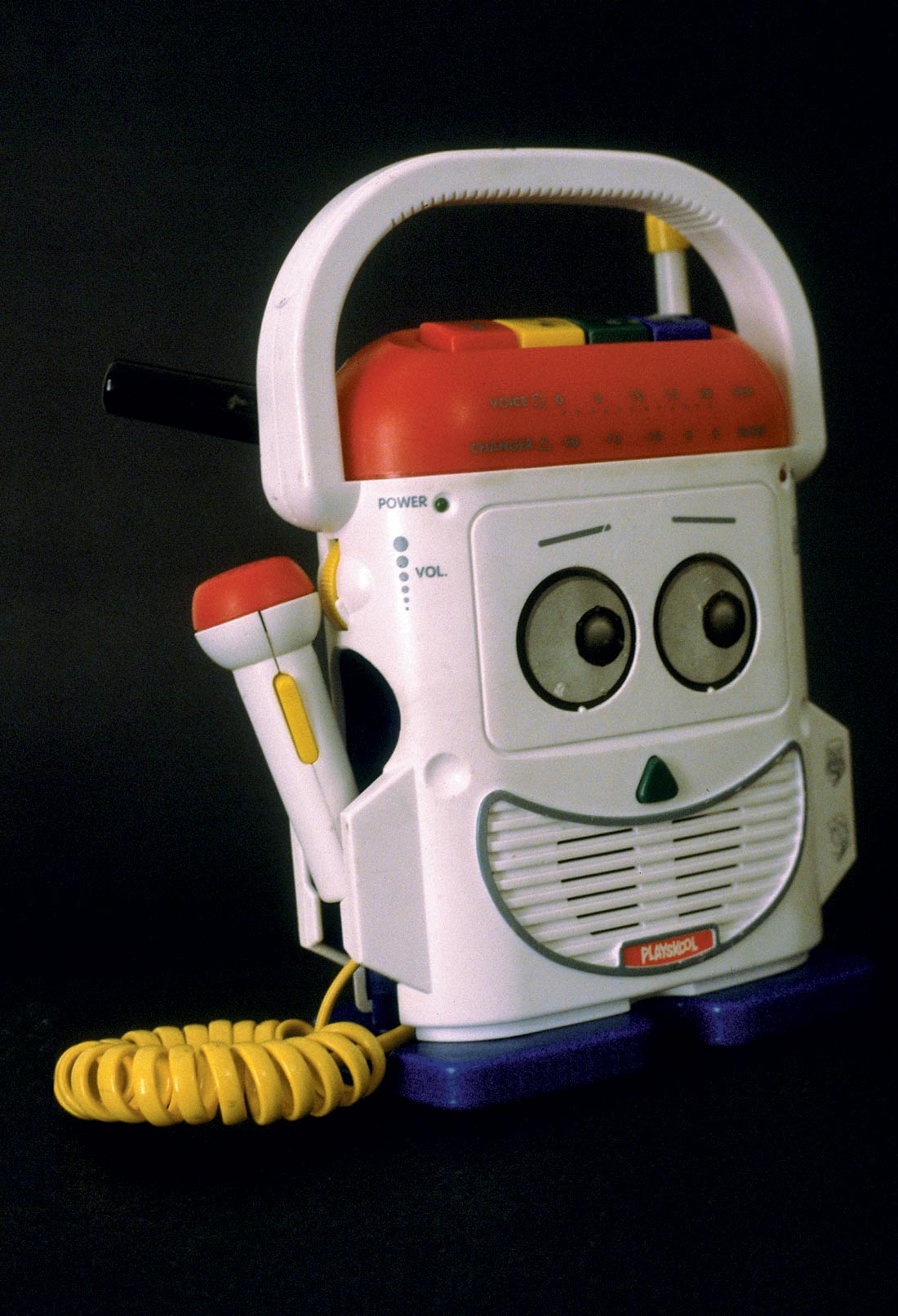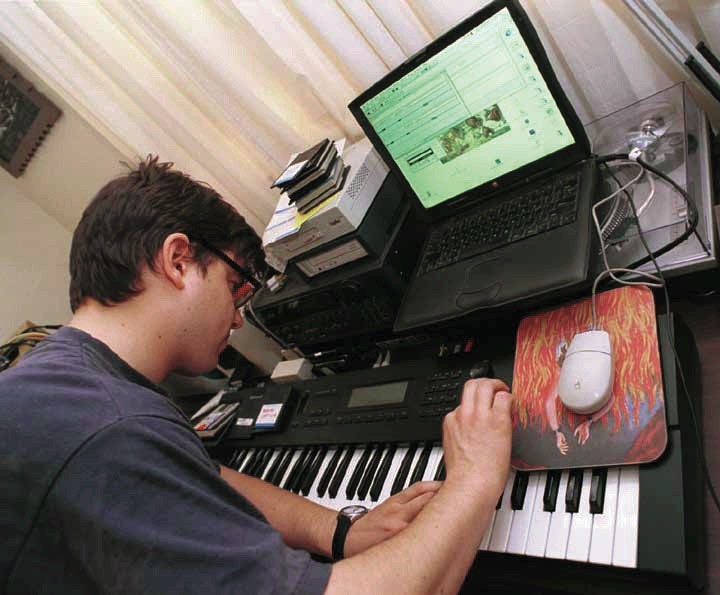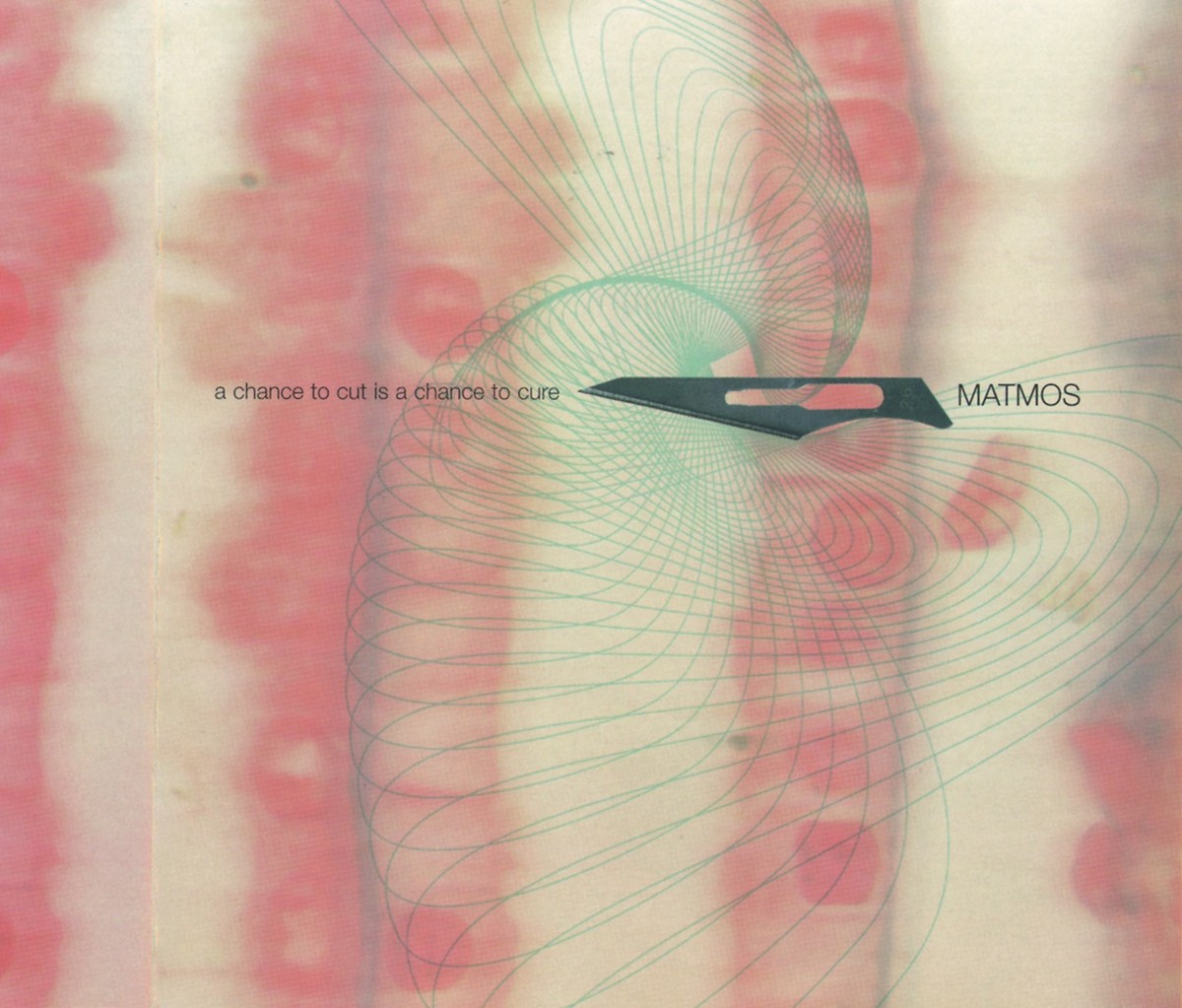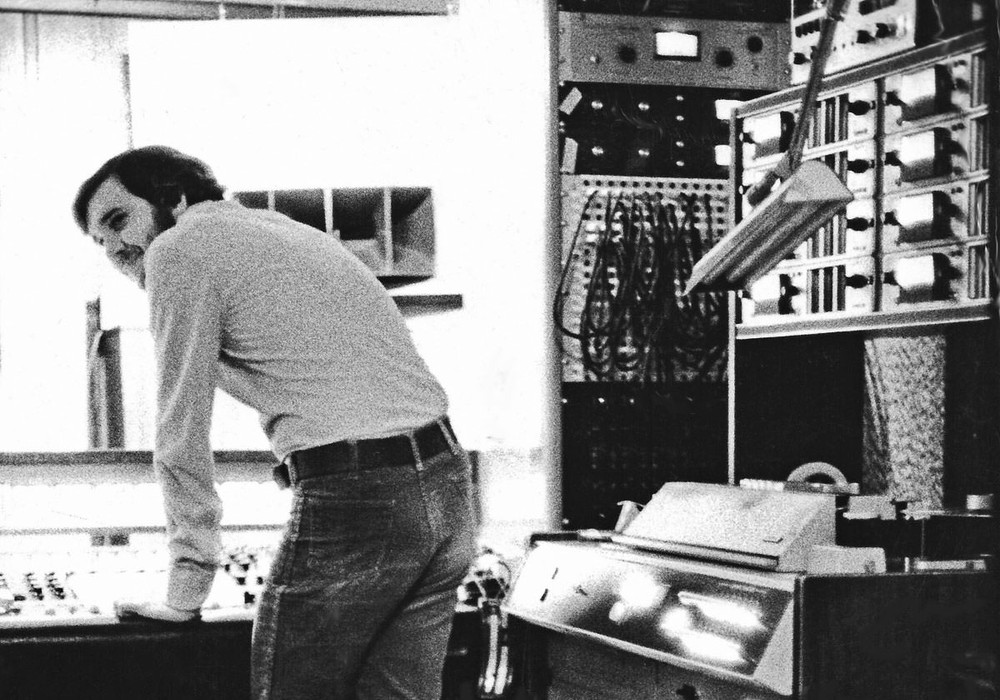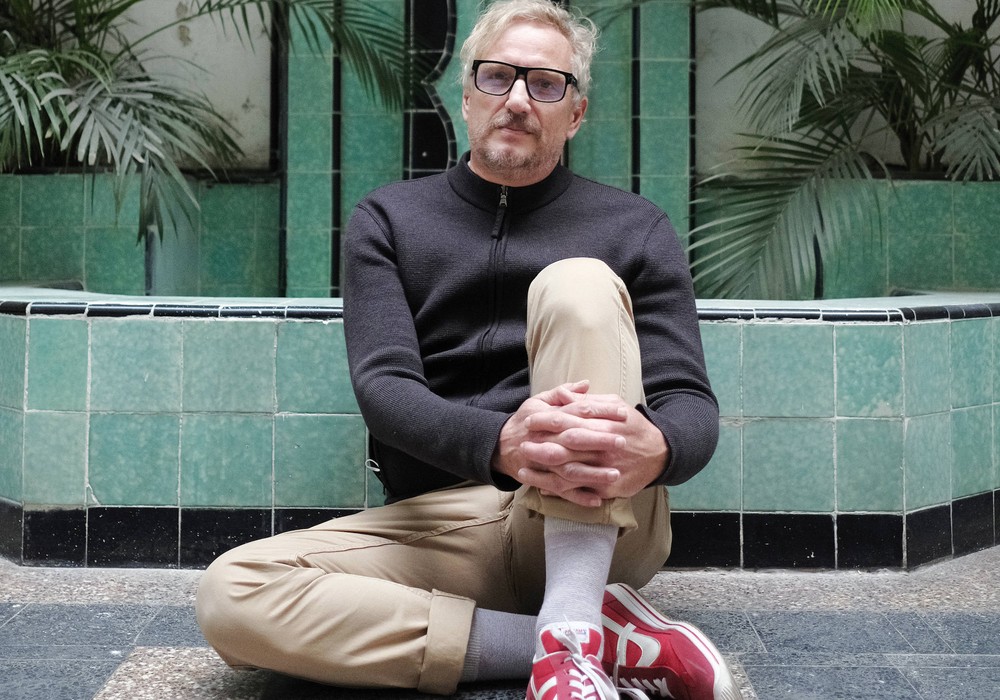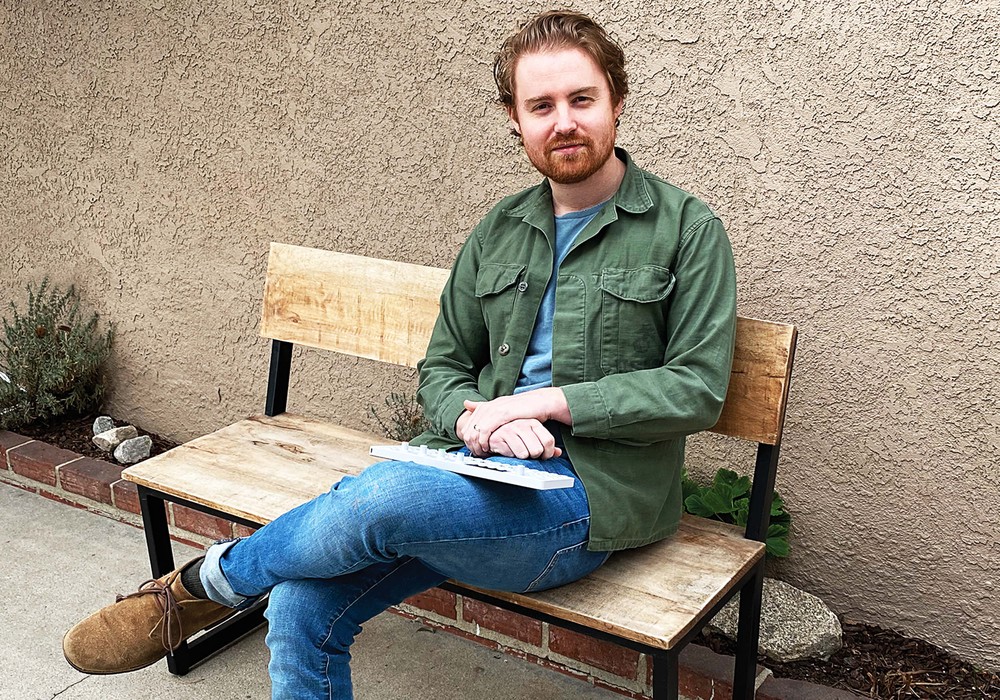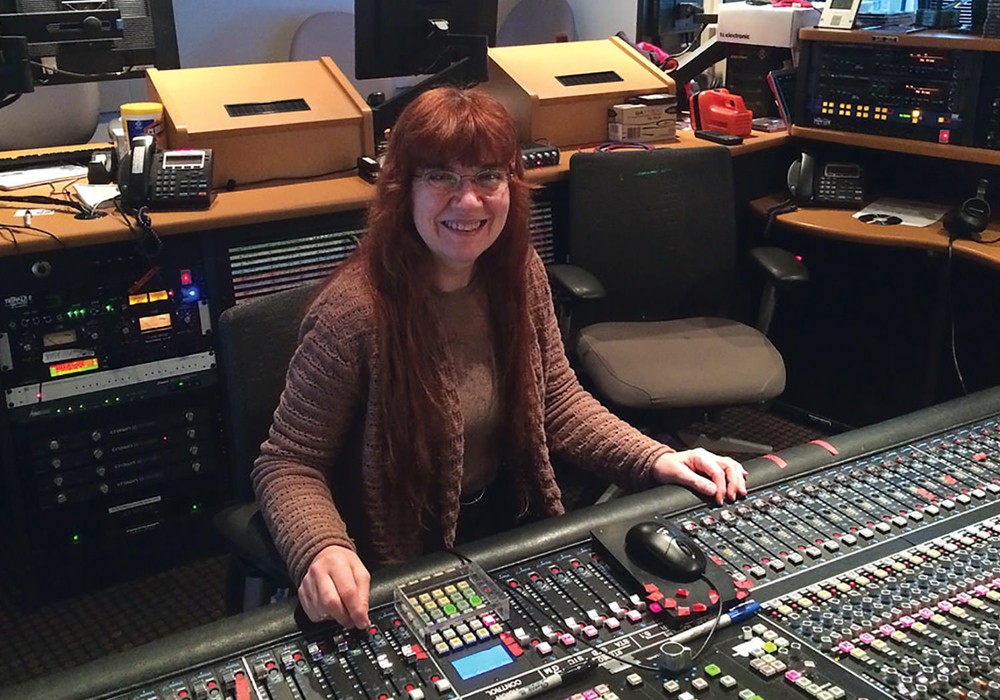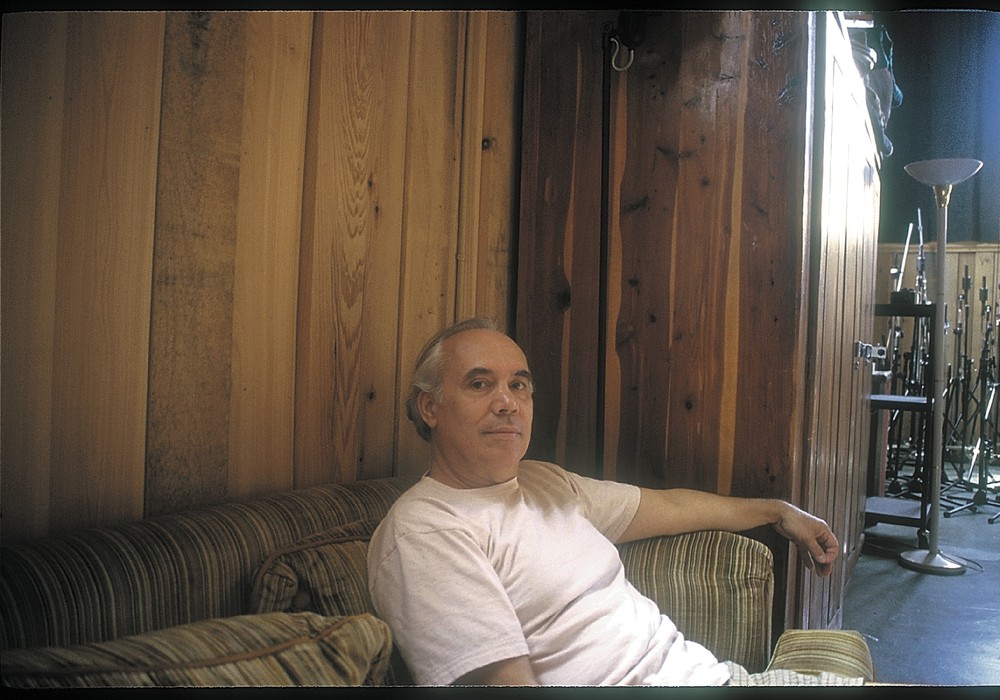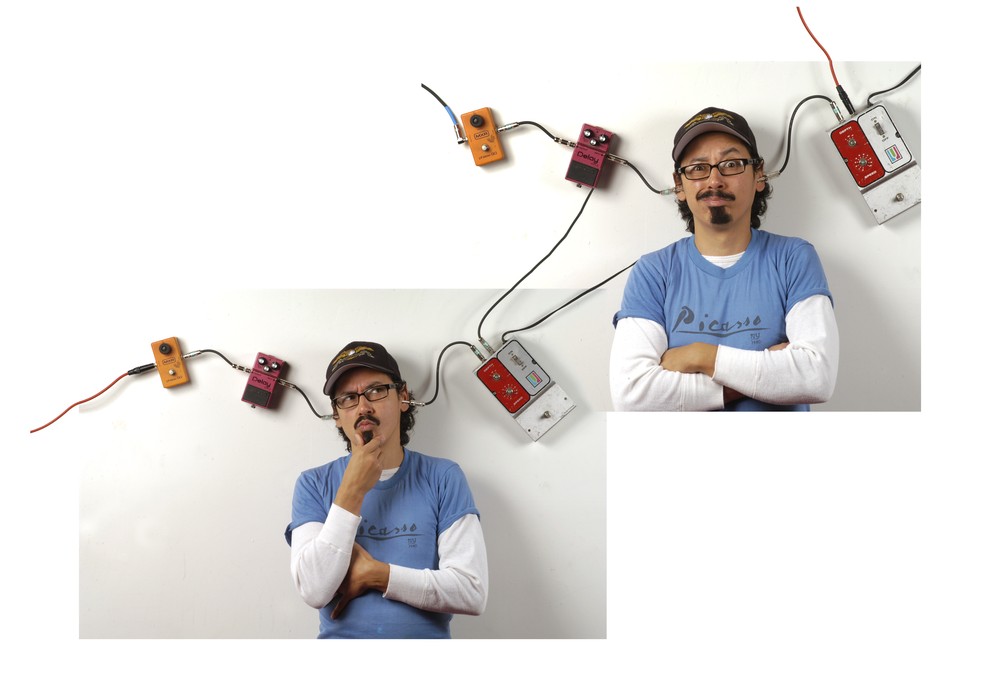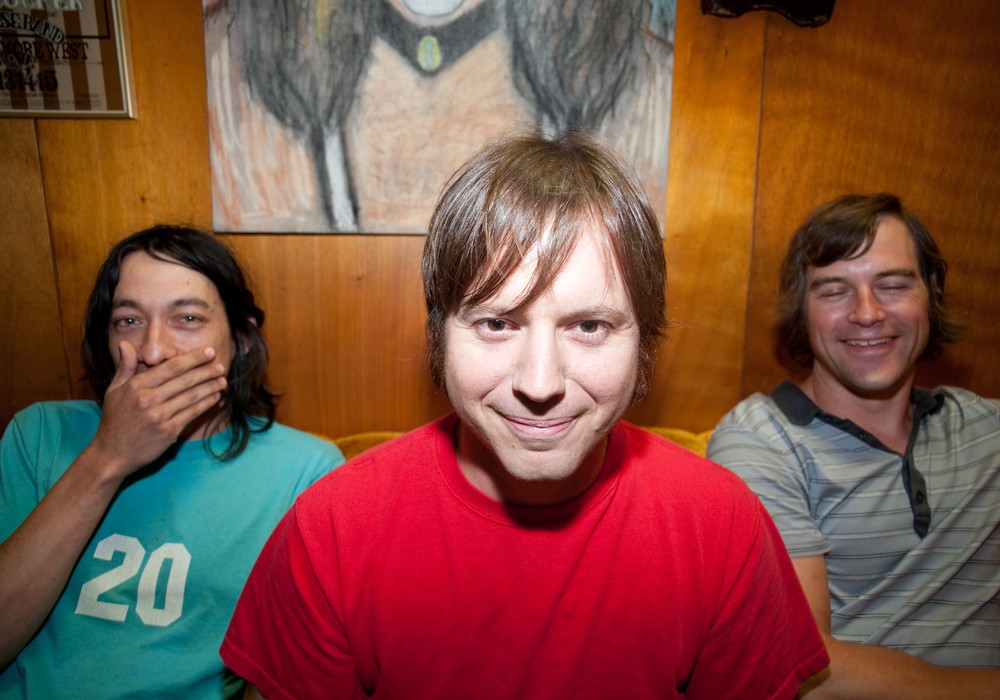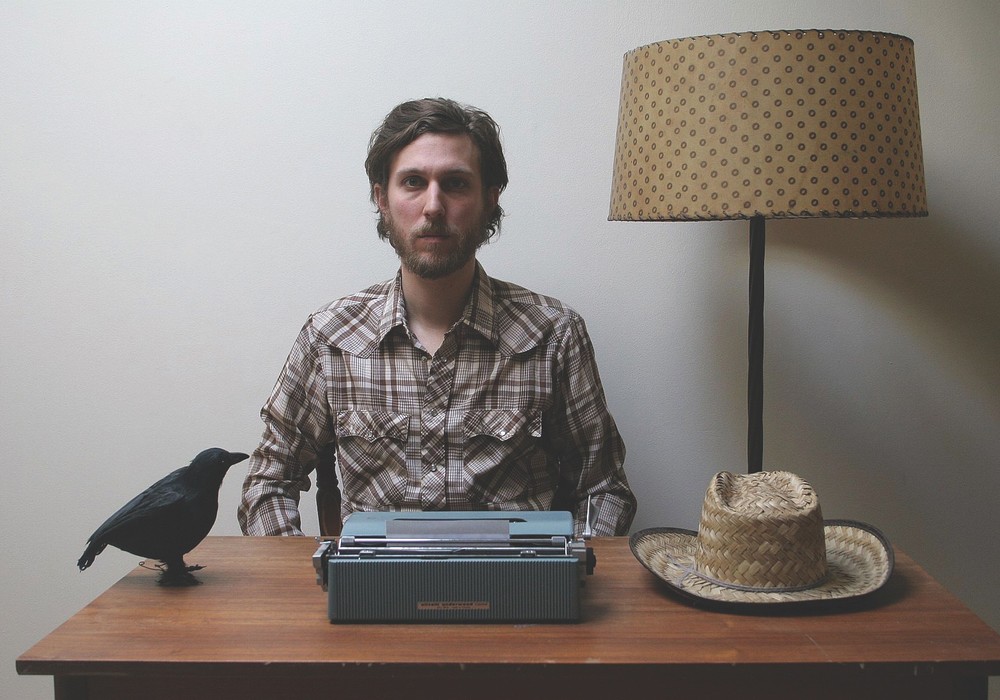If I told you Matmos made audio cut-up, experimental, electronic music that closely parallels conceptual art, you'd probably write them off as some snobby, avant garde, artsy-fartsy, black turtleneck and a goatee noise group. If I informed you that their latest CD on Matador records, entitled A Chance To Cut Is A Chance To Cure, was constructed mostly from manipulated field recordings of cosmetic surgeries, you'd probably pass it off as a morbid gimmick that sounds cute on paper, but probably wears thin after repeated listenings. I could spend the rest of this page trying to convince you that despite their art school angle, the duo that make up Matmos (Martin Schmidt and Drew Daniel) are super nice and have managed to turn the sound of liposuctioned fat into a playful, foot-tappin' ditty. But I know what's really going to make you sit up and take notice of these guys is the fact that everyone's favorite elfin diva, Bjork, has hand picked these two to be the opening act on her upcoming world tour, and is using them as a vital part of her backing band (consisting of Matmos, Bjork, a harpist, and a 60- piece orchestra). These guys are rad- I know it, and Bjork knows it. So sit back and prepare to receive the gospel of Matmos as told to me, Chachi Jones.
What was your normal job? I mean, you're big time now, but what did you used to do?
Martin: Well, what I realize about this is — [working with Bjork] is a temporary thing. I'll be back to my real job in a year, so I really can't get used to this swanky lifestyle. But no, I work at the San Francisco Art Institute. I show people how to edit on the Avid, how to use video cameras, how to use lighting equipment, microphones and how to make a good recording. Pretty much all the basics of media oriented art.
You guys are not only opening for Bjork on her upcoming tour, but you'll also be part of her backing band, correct?
Martin: Yep. For the last three weeks now we've basically been sitting in a little rented studio and going over every single song and saying which parts should go to the "back line" technician — which is a new term for me. He's kind of like the great and terrible OZ. He's the guy who runs the computer that REALLY runs the show. So he's off stage, and we get to decide, like hypothetically, if on "Army Of Me" his computer will run the hi-hat lines and the bass drum, and on our computer we'll have the snares and all these weird noises and the bassline will actually run on my synthesizer — but the MIDI will be on his computer, but it will be feeding to my synthesizer so I can tweak it while its playing.
Which gives you the freedom to just completely tweak the hell out of it without ruining the song.
Martin: Yeah, exactly, while still never removing the "spine" of the song. Because it will be running on this sort of master computer, supposedly flawlessly all the time. So get this, on top of all this — everything is doubled. There's two computers that run the whole show. Where there's an Emulator [sampler] — there's two Emulators. Where there's a vintage keys — there's two vintage keys. He's got a switch that will switch over to all the back-ups seamlessly if anything ever goes wrong.
Oh my god!
Martin: Drew and I are using samplers from 1989 where we're loading diskettes. And they're like "This won't be acceptable." So we have to have hard drives, and the hard drives have to have back-up. It's all really just so there aren't errors.
So who else will be joining you and Bjork on stage?
Martin: There's Zeena Parkins, she's a harpist, and a full orchestra. [both of us laughing]
Do you have to pinch yourself everyday when you wake up?
Martin: Kind of, yeah. It is really unbelievable. Right now we're at the point where it's less unbelievable and more like — terrifying. You know, this orchestra has about sixty life-long trained classical musicians in it, and man, I barely know how to play guitar — BARELY.
What does your performance setup look like for your opening set?
Martin: Drew uses two Roland W30 samplers circa 1989. He also has a laptop on which he pretty much plays back sound files, but it's stuff you might as well not play, like tapes of voices or weird sound effects. Also there's an Emulator E6400. We barely use that in the live set, it's basically a giant sampler. For this set it just has one set of sounds in it which is 'bowed rat cage.' We'll also be playing a real rat cage. I will play banjo. I will also play acoustic guitar, which I will be playing through a Big Briar 'Mooger Fooger', which is brand new — we got all this new equipment now.
Your post-Bjork equipment.
Martin: Right. But we didn't get anything crazy-outrageous. I will also play my new Korg MS2000. I will probably also play my old Roland SH101 which has been my main pal for about 15 years now. We do another song with an acupuncture point detector. And Drew samples that while I'm playing it. He has the MIDI of the song already, but...
